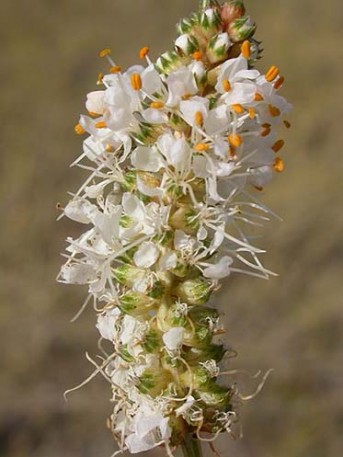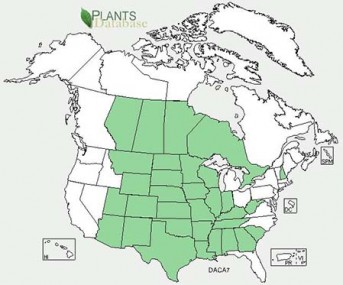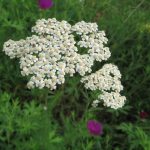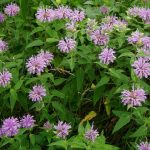White Prairie Clover
Dalea candida
White Prairie Clover is a native, common, warm-season perennial forb that grows 1 to 3 feet tall, in small clumps. This species is found growing primarily on well drained sandy, gravelly, and silt type soils, rarely on clay or lowland sites. It has been observed as a pioneer species on disturbed shallow soils or gravel. This leguminous forb produces palatable and nutritious forage for all classes of livestock and is an important browse species for antelope, deer, elk, and upland game birds. This species will decrease and disappear under persistent overgrazing. It has an important ecological role in native grasslands, because of its nitrogen fixing characteristic. It can be used as the forb component in reclamation of drastically disturbed lands, range renovation and prairie restoration projects. It is also a potentially useful plant for roadside and rest area beautification, park plantings and recreational garden natural area plantings.
Lifespan: perennial
Season: cool
Uses: amnenity grassland, reclamation, CRP, pollinator, wildlife habitat, biodiversity
Native or Introduced: Native
Annual Average Precipitation: 10 inches
Field Seeding Rate (lbs/acre): 3 to 4
Turf Seeding Rate (lbs/1000 s.f.): n/a




